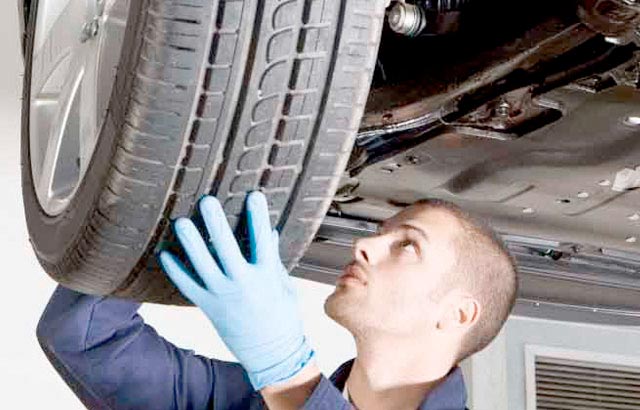Your vehicle’s tires are the ones that are the most battered parts of your car because they are subject to different driving conditions and daily wear and tear. This is the reason why tire maintenance is so important and keeping them in tiptop shape can be a bit confusing especially for first-time car owners. There are technical aspects of tires that you need to be informed about so you can take care of them properly.
Tire Pressure Monitoring System
Today, newer car models are equipped with a tire pressure monitoring system that will alert the driver if their tires do not have adequate pressure or are inflated incorrectly. Drivers think that they are handy to have around. In truth, this system will only alert the driver if the pressure is 25% below your car manufacturer’s recommendation. Instead of relying on this system, you should get a high quality tire gauge that you can calibrate according to your tire needs. Always allot a higher psi than the recommended pressure for your car tires because they can lose about 1 psi per month and tire gauges are sometimes inaccurate. Remember that tires with low psi are not safe for driving.
Max Press
There are two myths that surround the so-called “max press” stamped on the sidewall of your tires: your tires will burst if it exceeds the number indicated on the sidewall, and the number on the sidewall of your tires is the right inflation pressure for your tires. First of all, high quality tires will not burst even if they exceed the max press number indicated on the tire sidewall. Another thing, the max press number is not indicative of the tires’ burst pressure but rather the maximum amount of weight it can carry at a given time. Moreover, the myth that says the max press is the correct pressure for your tires is just a misconception. Car owners should refer to their car’s user manual to know their car’s right tire pressure.
Winter Tires
One of the myths about car tires is that you do not really need winter tires if you already have all-season tires. Even if you have all-season tires, you are still going to need winter tires especially if you live in an area that gets a lot of snow and ice. These special tires are tested especially for winter driving conditions as they give improved traction and control when driving on icy roads. They are recommended to lessen the number of road accident occurrences during winter.
Tire Treads
Most tires come with different tread patterns and car owners think that these are needed for increased road traction especially on dry roads. In reality, car tires with no treads provide the greatest traction on dry roads because these tires have greater surface areas compared to those with treads. Cars with tire treads are ideal for slick and wet roads because as the tires roll on the road, the water is squeezed out of the tires and are channeled through the grooves in the tires. This can help with road traction when you are driving through rain-soaked roads.
This article is written by Ericka who regularly writes articles for Capital Driver Training, a company that provides driving lessons in Edinburgh.

